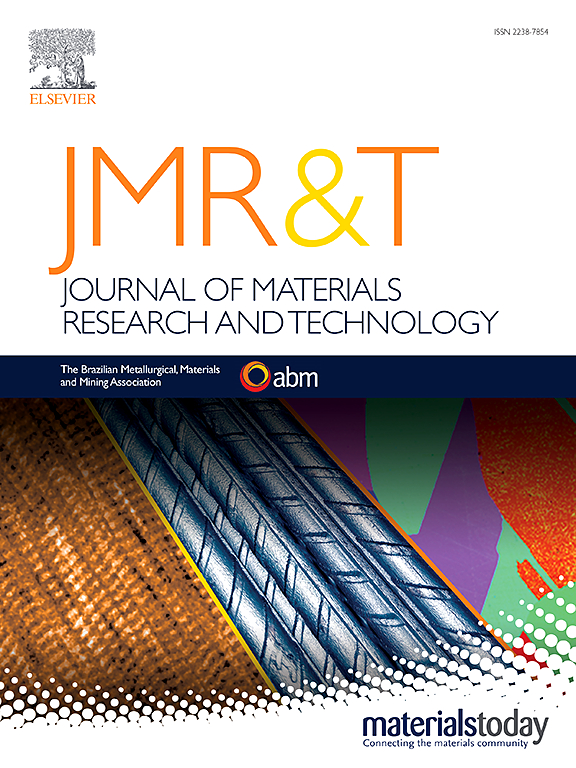难熔金属和合金的熔融增材制造:实验和建模
IF 6.6
2区 材料科学
Q1 MATERIALS SCIENCE, MULTIDISCIPLINARY
Journal of Materials Research and Technology-Jmr&t
Pub Date : 2025-06-07
DOI:10.1016/j.jmrt.2025.05.207
引用次数: 0
摘要
难熔金属和合金具有独特的性能,如高熔点和在高温下的优异机械稳定性,使它们对航空航天、核能和其他要求苛刻的行业具有吸引力。然而,由于这些材料的高熔点和固有脆性,使用传统制造技术制造这些材料是具有挑战性的。增材制造(AM)技术提供了一种缓解这些挑战的方法,但对其工艺参数、微观结构控制和机械性能的系统见解在文献中仍然是零散的。本文从实验、基于物理的模型和数据驱动的方法的角度概述了与难熔金属和合金的熔融增材制造相关的挑战和未来前景。我们的回顾总结了该领域的前沿,并强调了实现高效AM制造难熔金属和合金所需的未来发展。本文章由计算机程序翻译,如有差异,请以英文原文为准。
Melt-based additive manufacturing of refractory metals and alloys: Experiments and modeling
Refractory metals and alloys possess unique properties, such as high melting points and excellent mechanical stability at elevated temperatures, making them attractive for aerospace, nuclear, and other demanding industries. However, fabrication of these materials using traditional manufacturing techniques is challenging due to their high melting points and intrinsic brittleness. Additive manufacturing (AM) techniques provide an approach to mitigate some of these challenges, but systematic insights into their process parameters, microstructure control, and mechanical performance remain fragmented in the literature. This paper provides an overview of the challenges and future prospects associated with melt-based AM of refractory metals and alloys from the perspectives of experiments, physics-based models, and data-driven approaches. Our review concludes by summarizing the frontiers in the field and highlighting the future developments necessary to enable efficient AM fabrication of refractory metals and alloys.
求助全文
通过发布文献求助,成功后即可免费获取论文全文。
去求助
来源期刊

Journal of Materials Research and Technology-Jmr&t
Materials Science-Metals and Alloys
CiteScore
8.80
自引率
9.40%
发文量
1877
审稿时长
35 days
期刊介绍:
The Journal of Materials Research and Technology is a publication of ABM - Brazilian Metallurgical, Materials and Mining Association - and publishes four issues per year also with a free version online (www.jmrt.com.br). The journal provides an international medium for the publication of theoretical and experimental studies related to Metallurgy, Materials and Minerals research and technology. Appropriate submissions to the Journal of Materials Research and Technology should include scientific and/or engineering factors which affect processes and products in the Metallurgy, Materials and Mining areas.
 求助内容:
求助内容: 应助结果提醒方式:
应助结果提醒方式:


